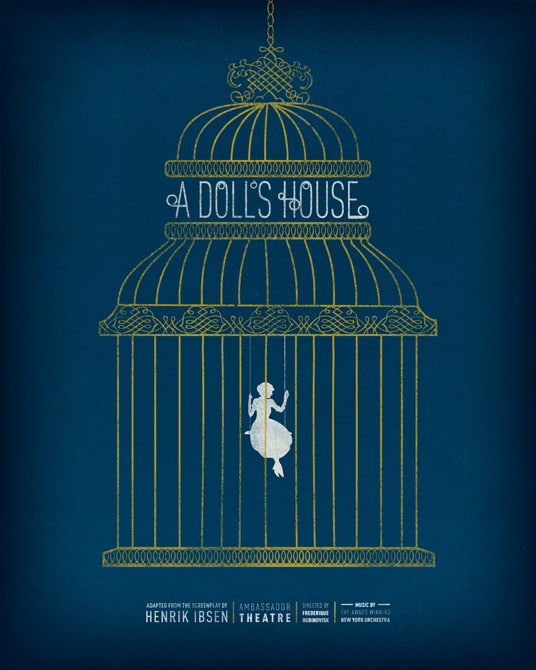Throughout the different eras, women have been displayed to play distinct roles in society, all of which have been respective to standards of that time. Circa 1879, women were expected to dominate the field of keeping a man content as well as raising sound and buoyant children.
In A Doll’s House, Henrik Ibsen explores the treatment of women and their suppressive treatment by society to demonstrate that marriage was umbrageous bondage that hurt the women involved. In the movie, A Doll’s House, the character of Nora is further augmented to demonstrate the same message, only in this case much more effectively.
Through changes in the last scene, Nora is depicted as much more womanly and righteous than she was ever presented in the play. Although ultimately, both the film and the play transmit the same theme of marriage as brutality to women, the film can evoke much more sympathy and appraisal for the character of Nora than the play was ever able to.
In most cases, when a written work is adapted to a film, either minimal or monumental changes are made in order to grab an audience. In the case of A Doll’s House, however, only one monumental change was made while, for the most part, the rest of the play remained untouched. Among these notable changes was the situation in which Nora says goodbye to her children.
Originally, throughout the play, Nora was distant and detached from her children, and during the argument, she herself mentioned that they were her toy children. However, in the film, there is an instance in which Nora goes into their room and says goodbye to her children because she has come to the realization that she must leave.
In the film, it is easy to see that Nora is an honorable mother for leaving her children despite her evident love for them, and that is what evokes the most emotion from the viewer. Through this depiction, the viewer holds Nora at a higher level for having the strength to leave her children, something not as clear in the play. In the latter, Nora at no point says goodbye to her children, something that makes her departure seem a lot more cruel and selfish.
Moreover, the lack of this scene leaves the reader with the sense that Nora, although justified, was a tad bit irrational in leaving everything behind, including her kids. Here, it is easy to see that while the play aimed to show Nora as oppressed it also included her imperfections and her faults as a mother and woman, while the play aimed to show Nora as a victim to her marriage and society and rightful in her decision to leave. In retrospect, although both were able to convey the same message, the film was much more effective in its use of pathos in Nora.
Altogether, the play and the film were able to show the cruelty of the 1800s to women. The point, in fact, Ibsen did an exceptional job in criticizing societal norms, as well as the film, did. Here, the change in the portrayal of Nora is significant in that it makes it seem that the decision to leave was truly hard, but that Nora had no other choice than to resign herself to the course of life.
Evidently, both works tie together to show the reader or viewer that marriage is an unjustifiable weapon to submit women but that ultimately, women must take it into their own hands to receive any type of justice.

